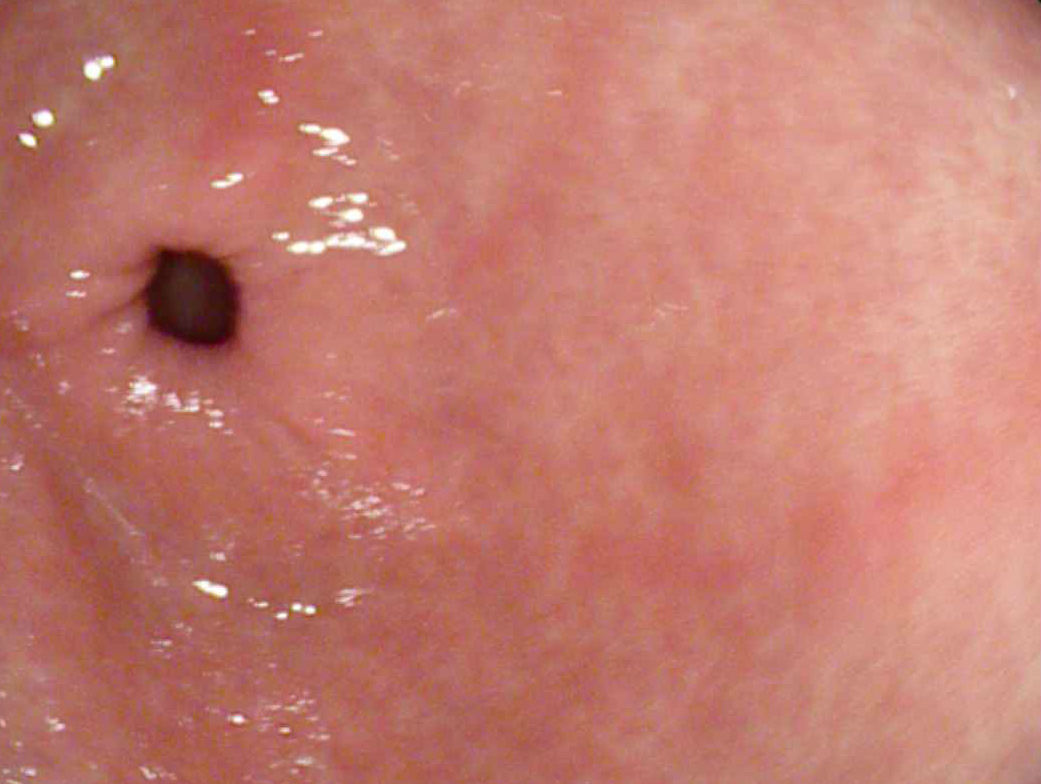During gastroscopy, the point at which bile and pancreatic secretions flow into the bowel, called the papilla, is reached. The duodenum, the stomach, and the esophagus are examined. Routinely, tissue samples are taken from the stomach, and occasionally from the duodenum and the esophagus. Samples are always taken when there are pathological changes. The taking of samples is absolutely pain-free. The taken samples then undergo a histological and or cultural examination. After the examination an extensive talk about the previously made results takes place. The histological results are sent to you by mail. Your treating doctor receives the histological as well as the examination results. Of course, we also are available for a review of the results, either personally or over the telephone.
Important for you:
Before the beginning of the examination you have to have an empty stomach for 6 hours, which means that you have neither eaten nor drunken anything. You can have this examination performed with or without sedatives. Should you wish for sedatives, you may not operate a motorized vehicle for 24 hours after the examination.
During an examination without sedatives, you receive an anaesthetizing spray to ice up and numb the throat. The examination alone takes 5-10 minutes, is not comfortable, but is definitely tolerable.
When should you have a gastroscopy performed?
- heartburn or acid reflux
- chesty cough
- thorax pains
- pains after eating
- swallowing difficulties
- upper stomach pains
- diarrhea
- iron deficiency
- anemia
- flatulence
- skin problems

